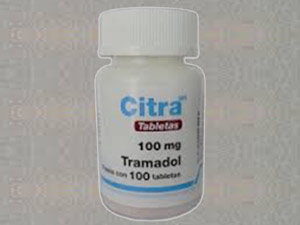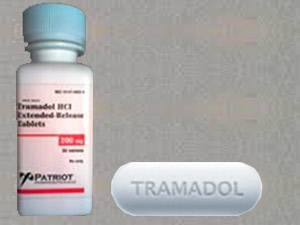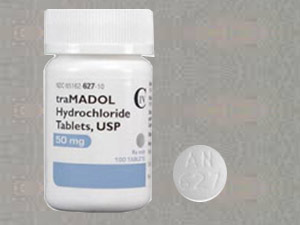Showing all 3 results
Tramadol is a synthetic opiate, which means it’s chemically related to morphine. It works in the same way as other opioids, but it has a different chemical structure and can’t be turned into morphine.
Tramadol is used to treat moderate to moderately severe pain when other medications have been tried without success. It may also be given before surgery or dental procedures in order to reduce discomfort during or after the procedure.
Tramadol comes as a tablet that you swallow whole with water or other liquids. The dose of Tramadol you receive depends on your medical condition and response to treatment. This medication is available only by prescription, so make sure that you understand all instructions carefully before taking Tramadol.
Dosage Of Tramadol:
It’s sold under the brand name Ultram in different doses: 50 mg and 100 mg tablets; 50 mg and 100 mg capsules. You can buy Tramadol online from pharmacies or through mail-order pharmacies like Medsrxsafe and others.
The typical dosage of Tramadol is 500 milligrams per day taken every four hours as needed. However, if you’re taking it regularly, it may be possible to lower your dose so that you take only 200 milligrams per day or less.
Common Side Effects of Tramadol
Tramadol can cause a range of side effects that vary in severity. The most common side effects include:
- Nausea and Vomiting: Tramadol can cause nausea and vomiting, especially when taken in high doses. This side effect can be managed by taking the medication with food or lowering the dosage.
- Dizziness and Drowsiness: Tramadol can cause dizziness and drowsiness, which can impair your ability to perform tasks that require focus and attention.
- Constipation: Tramadol can cause constipation, which can be managed by increasing your fluid and fibre intake and taking a laxative or stool softener.
Serious Side Effects of Tramadol
While the common side effects of Tramadol can be managed with proper care and attention, there are also several serious side effects that require immediate medical attention. These include:
- Seizures: Tramadol can increase the risk of seizures, especially in people who have a history of seizures or epilepsy. If you experience a seizure while taking tramadol, seek medical help immediately.
- Respiratory Depression: Tramadol can slow down your breathing rate, especially when taken in high doses or combined with other sedatives or opioids. Respiratory depression can be life-threatening, and you should seek medical help right away if you experience shortness of breath or difficulty breathing.
- Serotonin Syndrome: Tramadol can increase the levels of serotonin in the brain, which can cause a rare but serious condition known as serotonin syndrome. Symptoms of serotonin syndrome include agitation, confusion, rapid heart rate, high blood pressure, and seizures.
Long-term Side Effects of Tramadol
Long-term use of Tramadol can also lead to several side effects, including:
- Dependence and Addiction: Tramadol is an opioid medication, which means it can be habit-forming and lead to dependence and addiction with prolonged use. It is important to take Tramadol only as directed by your doctor and to avoid taking higher doses or using it for longer than recommended.
- Hormonal Imbalance: Tramadol can disrupt the balance of hormones in the body, leading to a range of side effects such as decreased sex drive, infertility, and menstrual irregularities.
- Liver and Kidney Damage: Long-term use of Tramadol can also cause liver and kidney damage, especially in people with pre-existing liver or kidney conditions. This can lead to symptoms such as yellowing of the skin and eyes, dark urine, and abdominal pain.
Tramadol is an effective pain reliever, but it comes with several side effects that can be dangerous if not managed correctly. It is important to take Tramadol only as directed by your doctor and to be aware of the common, serious, and long-term side effects associated with its use.
If you experience any unusual symptoms while taking tramadol, seek medical help right away.



